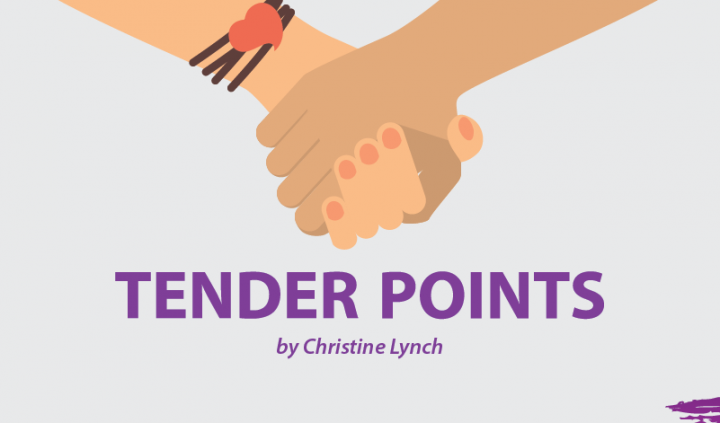Sleeping used to be one of my favorite things to do. Not only did it guarantee relief from any pain I was feeling at the time, but I could also count on feeling better when I awoke.
Lately, I’ve noticed a change. I’ve been exercising more and sleeping better — that’s the good news. The bad news is that even on nights when I manage to get seven or eight hours of sleep, I am in pain the next morning.
I tend to be an oversleeper, but only during the day. At night, I suffer from insomnia. I toss and turn for hours, all the while arguing with myself. Should I get up? Or should I follow my mother’s advice from when I was a child to “just lie there quietly with your eyes closed and sleep will come?” I’m sorry, Mom, but it didn’t work for me then, and it doesn’t work for me now. The longer I lie in bed, the more I hurt. The more I hurt, the less likely I am to sleep.
I suspect my mood disorders — I fluctuate from feeling depressed to feeling very anxious — are responsible for my sleep issues. My worst cycles of insomnia have often coincided with one or more stressors going on in my life. I have sought cognitive behavioral therapy at those times with varying results.
I’ve also learned several techniques (including yoga) to do at bedtime, and I make a concerted effort to exercise at least a few minutes every day. All the techniques I know are effective sometimes, but not always. I’ve also tried over-the-counter and prescribed medications with mixed results. Overall, I don’t care for the next-day hangover effect I feel from most sleep medications.
Recently, my sleep situation has changed. Although I fall asleep quite easily, I often wake up in pain. How is it possible to fall asleep feeling fine and then wake up in pain? What happens while I’m sleeping?
For most of my life, I slept on my side. When I first had pain upon waking, it was in one hip or the other and radiating down the top of my leg. My physical therapist recommended I sleep with a pillow between my knees. As long as I can manage to keep the pillow in place, my pain is greatly reduced.
Eventually, I found it less bothersome to change my sleeping position. I began to sleep on my back with a pillow beneath my knees. But then pain emerged in my shoulder. This was a much more serious issue as it often developed into a full-blown muscle spasm after I’d gotten up and begun to move around. A spasm results in being in bed all day, applying heat, using an electric massager, and taking pain medication.
Once again, I consulted my physical therapist. This time, he suggested that I continue to sleep on my back and insert two smaller pillows underneath the standard bed pillow my head was resting on – one under each side — to keep my head in an upright position.
It’s a wonder I sleep at all these days. With three pillows strategically placed under my head and one under my knees, I dare not move an inch. Exercising must be helpful, because even in this precarious position I do fall asleep quite easily. And mornings are better. When I awaken, everything hurts a little. However, nothing hurts a whole lot. For now, I guess I’ll consider this progress.
***
Note: Fibromyalgia News Today is strictly a news and information website about the disease. It does not provide medical advice, diagnosis, or treatment. This content is not intended to be a substitute for professional medical advice, diagnosis, or treatment. Always seek the advice of your physician or other qualified health provider with any questions you may have regarding a medical condition. Never disregard professional medical advice or delay in seeking it because of something you have read on this website. The opinions expressed in this column are not those of Fibromyalgia News Today, or its parent company, BioNews Services, and are intended to spark discussion about issues pertaining to fibromyalgia.


Skin burns inside out when I have flare ups i start itching. Like others insomnia and anxiety. Sore and hurts to move.